
Aafridi 05/27/23 07:16
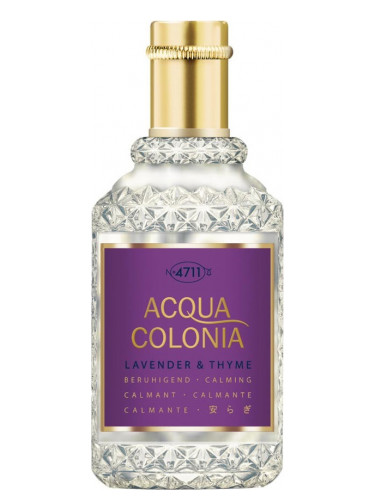 4711 4711 Acqua Colonia Lavender & Thyme. A great fragrance for the summer season. Thanks for the wonderful article on Thyme.
4711 4711 Acqua Colonia Lavender & Thyme. A great fragrance for the summer season. Thanks for the wonderful article on Thyme.by
Matvey Yudov
05/25/23 22:17:01 ( 14 comments
)

Thymus serpyllum
Thyme is a genus of plants belonging to the Lamiaceae or Labiatae family. A number of plants in this family are of substantial perfume value, such as mint and shiso, then lavender, basil, lemon balm, oregano, hyssop, sage, rosemary and finally patchouli.
The word "thyme" itself comes from the ancient Greek θυμιαω (to burn, smoke, censer).


Botanists count as many as 214 different species of thyme. Only a few are used as a spice, remedy or to extract essential oil, among them creeping thyme (lat. Thymus serpyllum) is particularly common.
Thyme is a small semi-shrub with stalked, recumbent shoots. Thyme likes sandy soils and temperate climates. It usually forms turfgrasses: it has short stems, small leaves, and branches strongly at the soil surface. It is primarily a defense against increased evaporation and a way to feel comfortable in cold and windy areas.


Thymus vulgaris
Сommon thyme, or Thymus vulgaris, can be found in the northwestern part of the Mediterranean, in Spain, and in the south of France. Сommon thyme, unlike creeping thyme, has upright, vertical, branched stems that turn woody underneath.

Less commonly found as a raw material for essential oil is broad-leaved thyme or lemon thyme (lat. Thymus pulegioides).
Another variety whose young shoots have a lemony flavor is a thyme called in Latin Thymus striatus. Mastic thyme, or "Spanish marjoram" (lat. Thymus mastichina), is endemic to the central Iberian Peninsula and can be found in Spain and Portugal. We will deal with marjoram sometime separately, for now I will only point out that the "Spanish marjoram" is not a marjoram, but a thyme.
Thymus zygis is the so-called Spanish thyme, also called white thyme. This plant is native to the Iberian Peninsula and northern Morocco. It can also be found in Portugal, Spain and Algeria.

This is where a little confusion arises, because "Spanish thyme" is also used for other plants, primarily Coleus amboinicus, a species of the genus Coleus of the Jasper family. This poor creature has many different names: Indian borage, country borage, French thyme, Indian mint, Mexican mint, Cuban oregano, and soup mint.
Perfume-quality essential oils are most often obtained from common thyme and white thyme. White thyme essential oil contains a lot of phenols (more on that later) and its main components are thymol (more than half of the oil), carvacrol, para-cymene, and linalool. Because of this high content of phenols, oil obtained in metal distillers often takes on an orange-red hue, resulting in the name red thyme essential oil. So if you see "red thyme" somewhere, don't believe your eyes: it's not actually red. Here it is:

A close relative of thyme is Thymbra (lat. Thymbra), formerly considered to be a species of thyme (Thymus capitatus). This plant is also known as Persian hyssop or Spanish oregano.


Thymbra, Thymbra capitata
It may also be worth mentioning satureja or savory: a similar species, also belonging to the Juniper family, but it is not thyme. It is native to North Africa, southern and southeastern Europe, the Middle East, and Central Asia. Satureja is a popular spice in Armenian, Georgian, Bulgarian, and Italian cuisine, especially when cooking legumes; in Azerbaijan, it is used to flavor tea. Satureja is often grown as an ornamental plant, but it is usually an annual, unlike thyme, which lives for about five years. As a spice, satureja is harvested after flowering, while thyme is harvested before.

Satureja montana
The genus Satureja has about 50 species, the most common for essential oil are Satureja confinis, Satureja hortensis, Satureja pachyphylla, Satureja viminea, Satureja laxiflora, Satureja montana. Satureja visianii Šilič can only be found on the Pelješac peninsula in Croatia. It produces a rather specific essential oil, consisting mainly of linalool.

Back to thyme. Thyme essential oil is obtained from thyme by water-steam distillation, usually using dried plants, less often fresh ones. Oil yields in the first case reach 1.2%, in the second, 0.1 to 0.5%.
The main part of the essential oil consists of phenolic compounds, primarily thymol, and carvacrol. In good perfume-quality thyme oil, the proportion of phenols must be at least 40%, of which at least 90% must be thymol.
The smell of thymol is quite fundamental, it is not easy to describe using ordinary descriptors. Thymol smells herbaceous, really like thyme, phenolic, has a distinct camphor-medicinal character, and woody, spicy undertones. In my opinion, its smell is quite bitter: thymol and thyme oil are very useful if you need to add woody bitterness to an herbaceous and aromatic accord.
In addition to the phenols, the oil contains a fairly common set of terpene compounds: myrcene, p-cymol, cineol, γ-terpinenes, camphor, borneol, α-terpineol, limonene, and others. All of these together smell somewhat like turpentine.
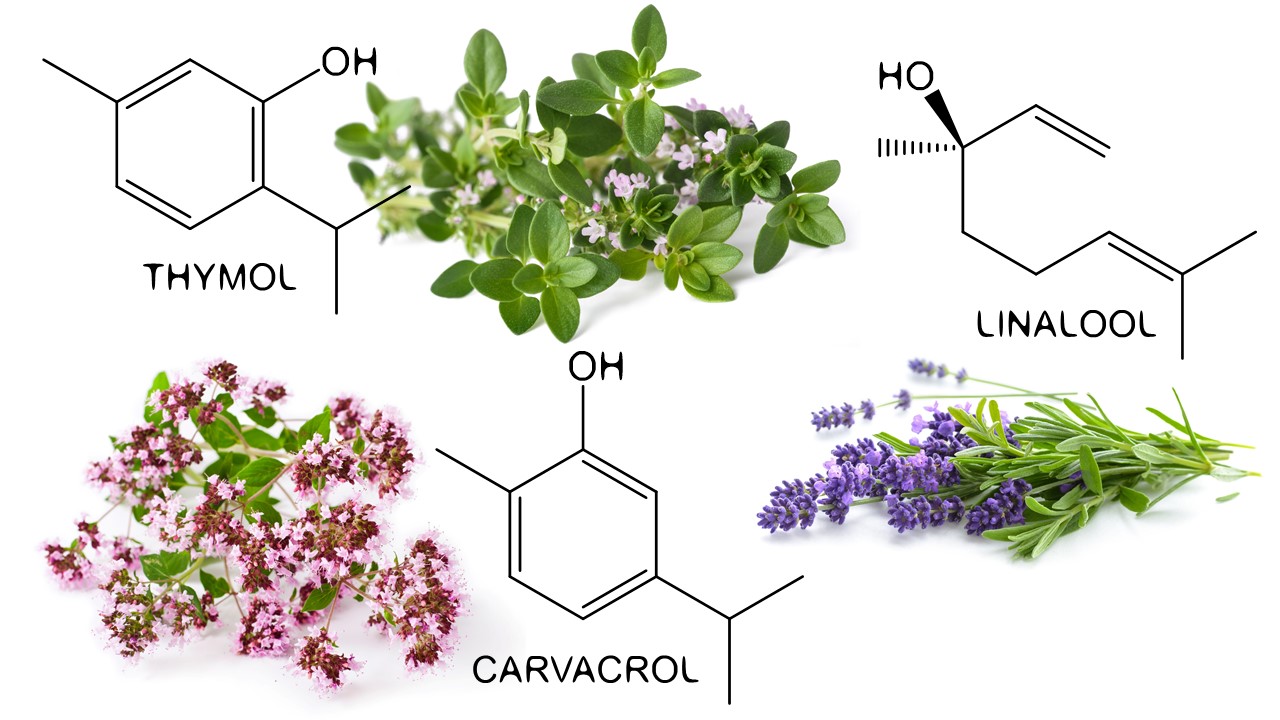
In addition to the thymol chemotype, there is thyme with a predominance of carvacrol, but such oils tend to be less appreciated. Carvacrol is similar to thymol, but it has a more pronounced smoky quality, which isn't always desirable.
As I mentioned above, iron traces interact with phenols and form colored compounds, so thyme oil is orange-red in a thick layer. By subjecting such oil to repeated vacuum distillation one can obtain "white" thyme oil. However, it is not uncommon to find under such a name a Frankenstein made from the isolates of coniferous oils, rosemary, eucalyptus, oregano, "red" thyme oils, p-cymene, etc. True white oil must contain at least 60% thymol, it can be identified by some specific attributes: substances that were not originally in the plant but appeared in the distillation process. These are, for example, isoborneol, terpinen-1-ol, and γ-terpineol.
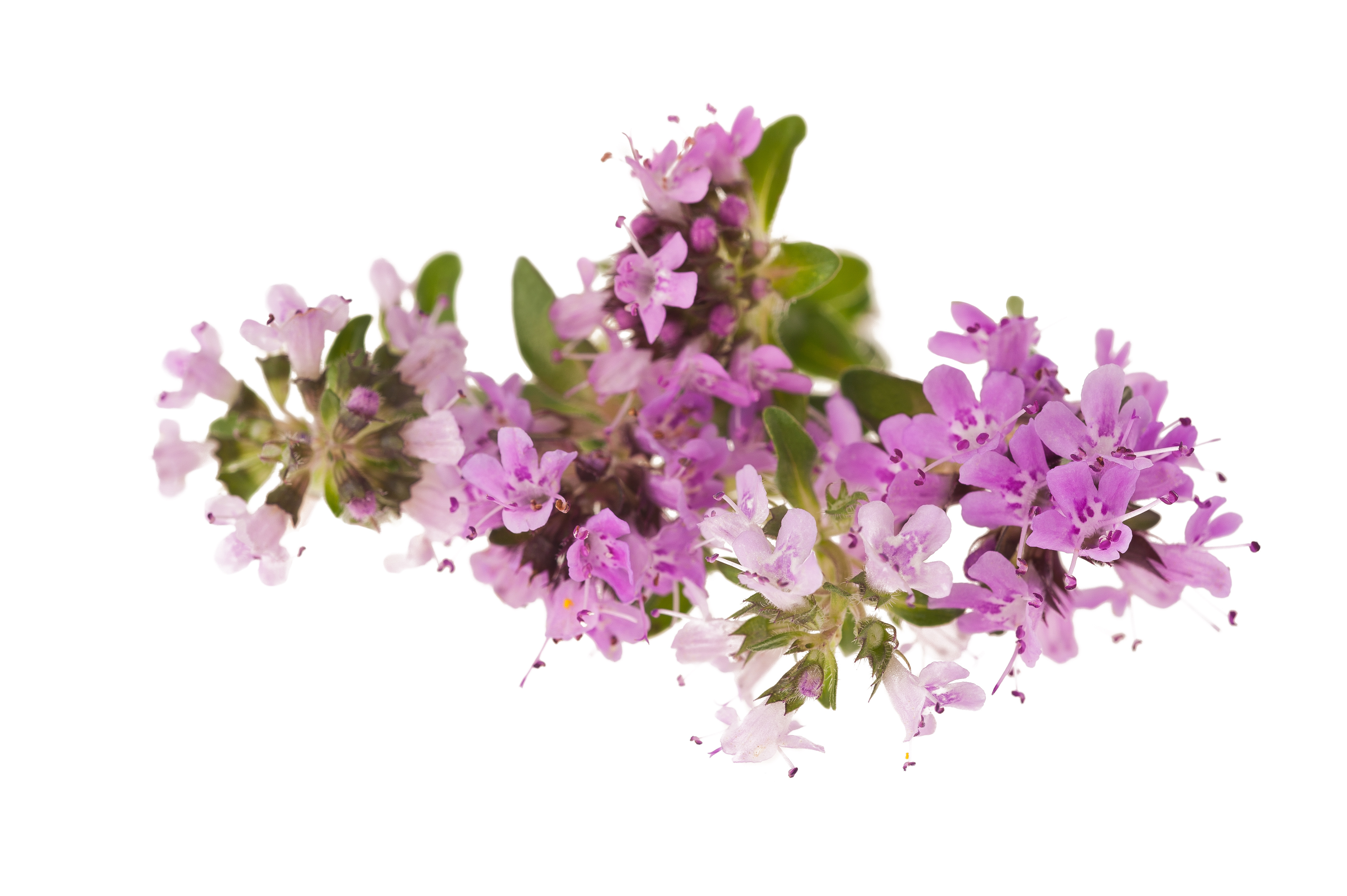
There are also "lemon" chemotypes of thyme, which also contain thymol and carvacrol, but in smaller quantities. The lemon aroma of such plants is given by linalool (sometimes more than 80%), citral, and sometimes limonene. The floral character of such oil is also attributed to the presence of geranyl acetate, geraniol and citronellol.
There are also materials obtained from thyme by extraction methods. Specifically, an absolute extracted using two solvents in series: first non-polar, then polar. Thyme absolute is a viscous semi-solid mass of dark green color. This is not the most popular material, however, it is very interesting, as it has a completely different profile: the absolute has a deep sweetish hay-grassy aroma, it is much fresher and greener, but also with a characteristic camphor-medical tone, which I find quite pleasant.

In summary, the essential oil is most often obtained from the species Thymus zygis and Thymus vulgaris. Satureja is not thyme but is still related to it.
The differences between thyme, marjoram, and oregano, both botanical and chemical, will be discussed next time.
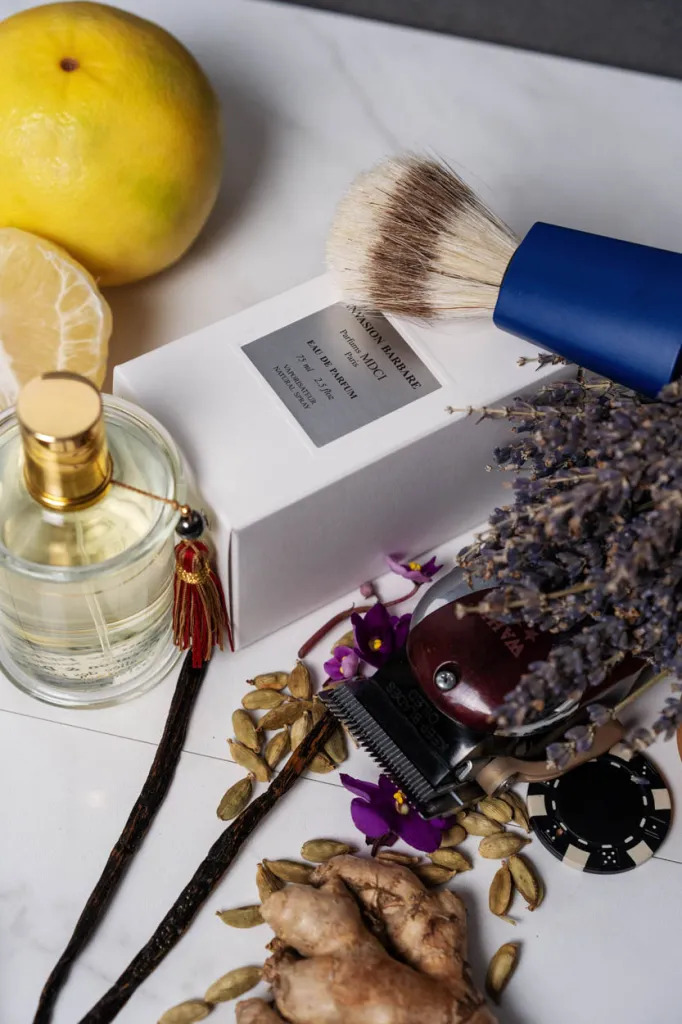
Not surprisingly, in perfume compositions, thyme combines well with other clairvoyants: from lavender to patchouli. It is very often found surrounded by a "Provencal bouquet" of congeners like sage and rosemary. For classic fougères, chypres and the entire possible range of chypre-fougères like Aramis, Antaeus or Agua Brava, this is almost the rule.
For colognes thyme and thymol in particular is also a good idea, even a microscopic dose adds unexpected colors (Diptyque Oyedo, Artisan Pure, Tom Ford Mandarino di Amalfi Acqua, Nicolai Parfumeur Createur Riviera Verbena), A noticeable amount makes the composition distinctly more bitter, leathery and brutal, which contrasts well with the soft and sweet fuzzy accord (MDCI Invasion Barbare, Masque Milano Sleight of Fern, CoSTUME NATIONALE Homme, Guerlain L'Homme Ideale, Nicolai Parfumeur Createur New York Intense, Dior Eau Noir, Mugler Mystic Aromatic, Givenchy Greenergy/Monsiour2).
The phenolic profile is often perceived by us as leather, primarily because leather is tanned with tar, which is rich in phenolic compounds. Thyme can also be used for vegetable tanning for the same reason of its richness in phenols. The thyme leather/suede combination is very actively exploited in perfume, among examples of such fragrances are Mugler Alien Man, Tom Ford Tuscan Leather and White Suede, YSL Wild Leather, CoSTUME NATIONAL I, Paco Rabanne Pure XS, Biehl Parfumkunstwerke GS02, Miller Harris Fleurs de Sel and others.
In female compositions, thyme is found less often and in much smaller quantities: Gucci EdP, Etro Shaal Nur, Givenchy Ange ou Demon, and Boss Alive are examples.
Of course, it is not possible to mention all fragrances containing thyme. Among my personal favorites are the above-mentioned MDCI Invasion Barbare and Serge Lutens' Chêne.
What are your favorite fragrances with thyme?

Matvey Yudov is a chemist who specialises in odorous substances. Mat graduated in chemistry from Moscow State University and now works as an evaluator in a perfume company.

Aafridi 05/27/23 07:16
 4711 4711 Acqua Colonia Lavender & Thyme. A great fragrance for the summer season. Thanks for the wonderful article on Thyme.
4711 4711 Acqua Colonia Lavender & Thyme. A great fragrance for the summer season. Thanks for the wonderful article on Thyme.
EpicureOrHedonist? 05/27/23 06:22

perfumesniffer 05/26/23 17:28
Pilikins 05/26/23 16:24
exquisitecrops 05/26/23 13:41
la belle noiseuse 05/26/23 09:23
Teoman Bulut 05/26/23 07:27
 Roja Dove Elysium Pour Homme Eau Intense
Roja Dove Elysium Pour Homme Eau Intense 
DGNY 05/26/23 06:43
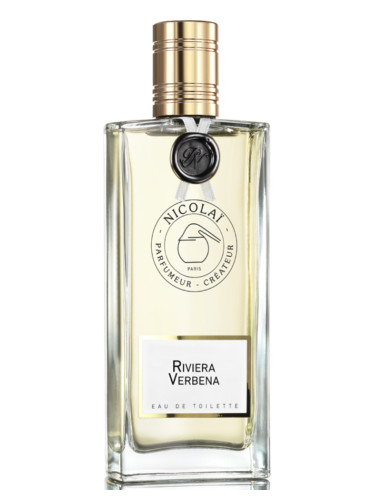 Nicolai Parfumeur Createur Riviera Verbena . I recently purchased it, and it is a bit of a, um, thyme bomb! Luckily I like it, but if you don't like thyme, it won't be for you. And I see the contrast you drew with something like
Nicolai Parfumeur Createur Riviera Verbena . I recently purchased it, and it is a bit of a, um, thyme bomb! Luckily I like it, but if you don't like thyme, it won't be for you. And I see the contrast you drew with something like 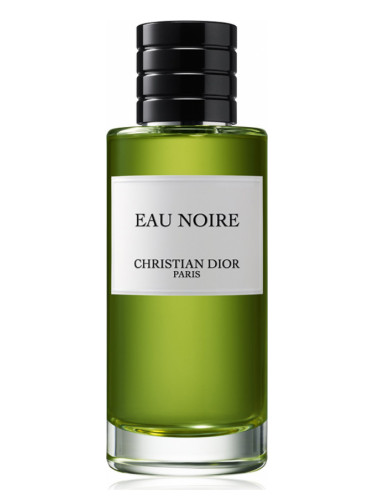 Dior Eau Noire , another favorite of mine, but very different in its expression of the thyme note.
Dior Eau Noire , another favorite of mine, but very different in its expression of the thyme note.

LSAUG 05/26/23 05:31
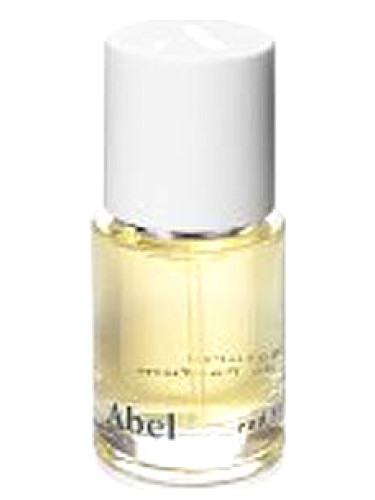 Abel Red Santal which has a thyme note. I was less enthusastic about it. Very kitchen/spice/herbal for me. It had the smell of me making dinner w/ a very crunchy sandalwood. I'm not a fan of crunchy sandalwood either. It has been discontinued. Other than that I don't think I've encoutered other thyme notes in perfume. Interesting article. Oh, I do own lots of samples (I missed out on a full bottle like a dummy) that has oragano is
Abel Red Santal which has a thyme note. I was less enthusastic about it. Very kitchen/spice/herbal for me. It had the smell of me making dinner w/ a very crunchy sandalwood. I'm not a fan of crunchy sandalwood either. It has been discontinued. Other than that I don't think I've encoutered other thyme notes in perfume. Interesting article. Oh, I do own lots of samples (I missed out on a full bottle like a dummy) that has oragano is 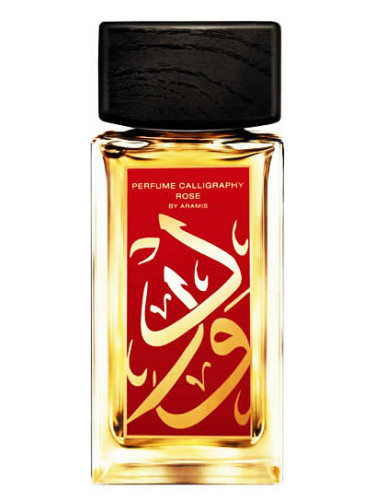 Aramis Perfume Calligraphy Rose at first I thought the top notes were a bit to masculine but after I gave it a few wearings I really wanted it. To bad all the full bottles were gone before I made up my mind. At least I was able to find a good sample lot. My husband and I both wear it.
Aramis Perfume Calligraphy Rose at first I thought the top notes were a bit to masculine but after I gave it a few wearings I really wanted it. To bad all the full bottles were gone before I made up my mind. At least I was able to find a good sample lot. My husband and I both wear it. Bourgeoisie 05/26/23 04:06
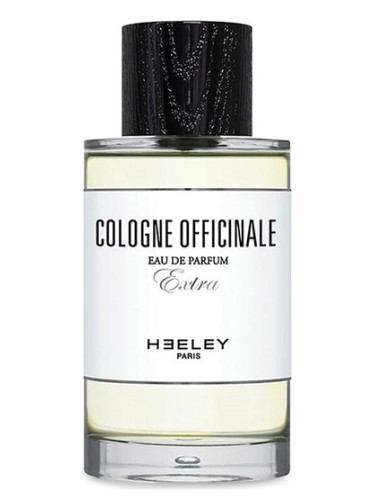 James Heeley Cologne Officinale, which is a new great Fougère too (thyme not listed).
James Heeley Cologne Officinale, which is a new great Fougère too (thyme not listed).

Themann8 05/26/23 03:55

frenchie1 05/26/23 02:20

Fenissa 05/25/23 23:30


Shivsri 05/25/23 22:56
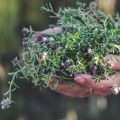 Write your comment:
Thyme in Perfume
Write your comment:
Thyme in Perfume
Become a member of this online perfume community and you will be able to add your own reviews.
Fragrantica in your language:
| Deutsch | Español | Français | Čeština | Italiano | Русский | Polski | Português | Ελληνικά | 汉语 | Nederlands | Srpski | Română | العربية | Українська | Монгол | עברית |
Copyrights © 2006-2022 Fragrantica.com perfumes magazine - All Rights Reserved - do not copy anything without prior written permission. Please read the Terms of Service and Privacy policy.
Fragrantica® Inc, United States